|
This month we are revisiting the Circling Taiwan Swirl, once again following along with Amy Warden's Soap Challenge. Pictures of the soaps made by Amy in the tutorial are shown here below. The general idea to get these beautiful swirls is to pour separate sections of color, easiest done using dividers, and then first swirling the soap back and forth across the short distance of the loaf mold, following with a swirl touching the edges of the mold in a circular motion until you are satisfied with the design. The true beauty is not revealed until the cut, which is performed horizontally rather than vertically. I've used this technique in the past, and this month I decided to experiment with a couple of the elements to see what the resulting effects are. One of these elements is trying to obtain a lighter white naturally. Since I do not use titanium dioxide in my soaps, I have difficulty in successfully creating the contrasts that a pure white would provide. There are a few ways to achieve this, but what I wanted to try this month is the use of a brine solution, as seen on Auntie Clara's blog. I've made salt bars in the past, where I add the salt at trace, however, I've never created a briny lye mixture. I'm hoping this will help produce the contrast I am looking for. Another element I took to nearly an extreme was the circling of the swirl. In the past I've always been afraid to circle around too much, as I don't want to lose the swirl and muddy the colors. Since I was going for a cinnamon bun type of soap, I didn't feel doing it too much would create much harm, so I kept going round and round. I was going for an almost thin lines design look, and was hoping I could achieve it with this technique. I questioned whether or not I should enter this soap into the challenge, as the result was certainly different than what I feel most of the entries will be. But, I loved the final design, so I thought I'd share it anyway. And, the third element that I expanded upon was the number of dividers. I've only ever used two in the past, and this time I used four. Fun times!!! So, here we go! For the Cinnamon Bun, I used soap batter colored with cocoa powder, both a dark brown and a lighter tan color. I also used two portions of natural soap color and one portion made with the briny lye, to hopefully create a brighter white than I've achieved using kaolin clay. The scent is cinnamon, orange, lemon, nutmeg, cardamom and just a touch of sweet vanilla fragrance - smells so much like a cinnamon bun! Making the lye was certainly an interesting experience. I made a 20% brine solution with distilled water and European spa salt. Once the salt had completely dissolved into the water, I added the appropriate amount of lye. It is important to perform this in this order as the salt will not dissolve into a lye solution. Once the lye was added, the solution turned from a clear salt water solution to a cloudy salt and lye solution. The salt in the water turns into a very fine particulate, and the solution needs to be kept stirred up for it to be used properly in the recipe. The salt will settle to the bottom of the container if left to sit. And, another interesting fact is that the soap batter made with this briny lye does not look any different than the natural colored soap batter. So, you do not see the design properly until after it is set up. Here are some process photos of making the Circling Taiwan Swirl with the four dividers - five distinct sections prior to the swirling. The one thing that I really need to remember is to add the cocoa to the oils prior to adding the lye, instead of adding at trace. I did not do that with this batch, and the dark brown got a bit thick on me. I do think that it worked in my favor this time, as the shape of the blobs turned out very much like a cinnamon bun, but the swirls possibly could have turned out better if all of the batter was the same consistency. And, here are images of the solid soaps after sitting overnight. The other thing I should have thought of and didn't was the fact that the addition of the salt could be problematic at cutting. Generally, with the full on salt bars, I will cut them a couple of hours after the pour - and sometimes they would still be a bit crumbly around the edges (it's a fine balance between being too soggy and too crumbly, really...). This batch had a little of that going on, and I cut them about 12 hours after the pour. Maybe I should have cut sooner, but since the majority of the soap was not made with the briny lye, I'm really not sure which way is best. Anyway, look at that white! It certainly proved to be a successful method for creating a natural white. I really love the way these bars turned out, and they are perfect as a Cinnamon Bun bar! Thanks for reading through to the end! Taralyn
4 Comments
|
Details
TaralynColorado Artisan, making beautiful hand-crafted soaps with all natural ingredients. Archives
August 2025
CategoriesCategories
Comment Policy
We follow Grandma's rule here: If you don't have something nice to say, don't say anything at all. While constructive criticism is always welcome, keep it polite, considerate and friendly. These are simple rules that, if not followed, will result in the deletion of the comment. Thank you. |
|
|
Our soaps and body care products are handcrafted the old-fashioned way, in Boulder County, Colorado by your local Soap Making Artist, Taralyn. Small artisan batches allow for considerable attention to detail during all stages - soap making, hand cutting, six week cure time and hand wrapping - an extensive journey that nurtures the formation of the perfect bar of luxury soap. And to make it even better, we will deliver to your door! Shop by Signature or Artisan, by scent families, ingredients or by name. So much to explore! Check out our collections today!
|
Contact
|
About
Get to Know Your Soap Maker!
|
Customer Service
ASC Creative Credits
|
Other Goodies
Community Connection Blog
Wild Rovings Blog
Why Palm Oil?
Organic Label
|
Copyright © 2009-2025 ASC Soapworks, llc, All rights reserved.




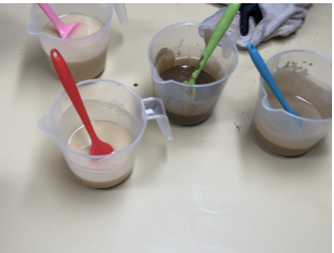
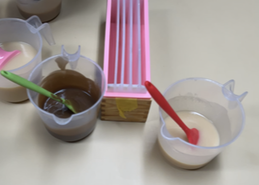


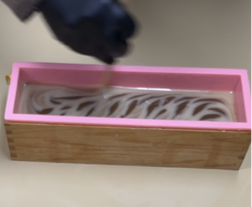
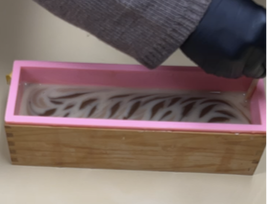

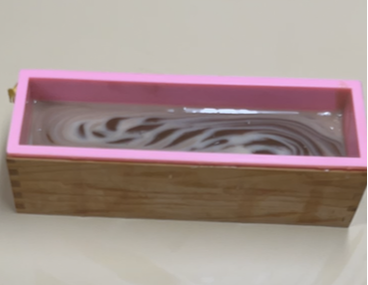
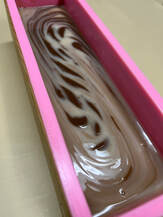

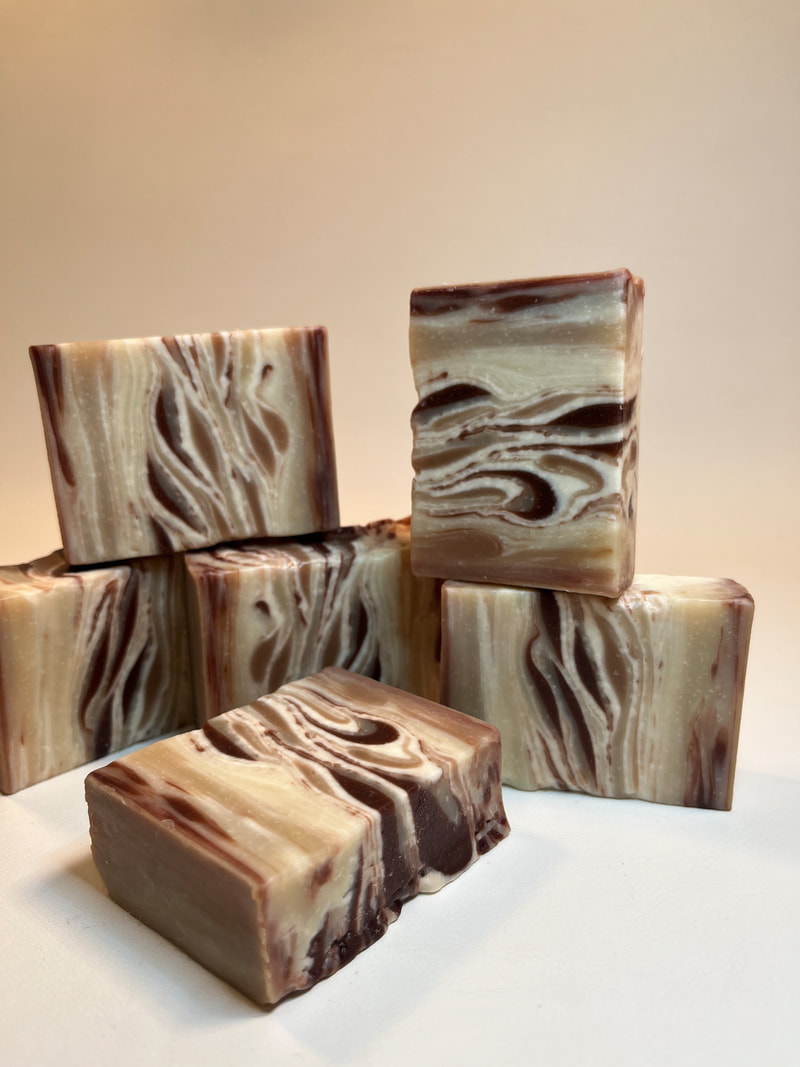
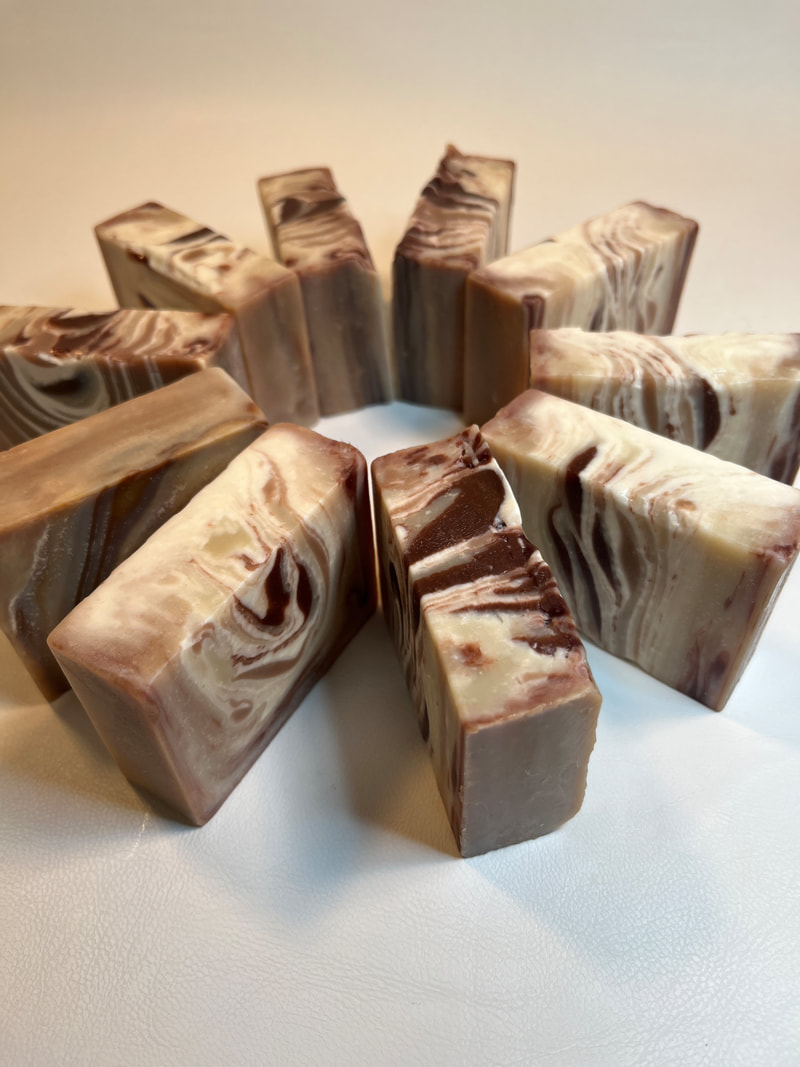
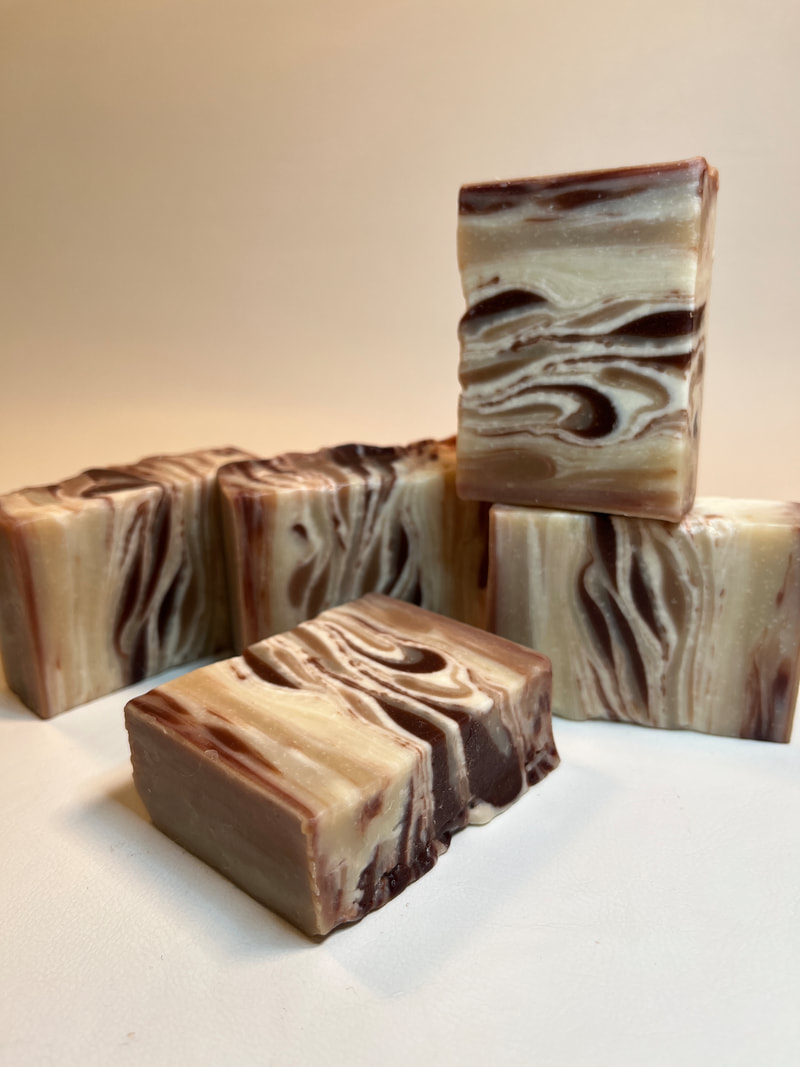
 RSS Feed
RSS Feed

